Exhibit running through Feb. 4 includes items from the College's archives
An exhibition offering the first comprehensive look at the Marquis de Lafayette as an international antislavery advocate who influenced the abolitionist movement on three continents runs through Feb. 4 at the Grolier Club in New York City.
A True Friend of the Cause: Lafayette and the Antislavery Movement draws from Lafayette College’s rich collections of 18th and 19th century rare books, manuscripts, paintings, prints, and objects, some of which are on public view for the first time. The approximately 130 works in the exhibition also include loans from Cornell University and the New-York Historical Society. Among the themes are the personal and intellectual origins of Lafayette’s interest in the welfare of the enslaved, his gradual emancipation experiment in French Guiana, his passionate correspondence with international political figures, and his influence on the antislavery movement in the United States.
A 75-page catalog will accompany the exhibit, which is curated by Olga Anna Duhl, Oliver Edwin Williams Professor of Languages, and Diane Shaw, director of special collections and College archivist.
- The New York City chapter of the Alumni Association will host a reception with Shaw from 6-8 p.m. Jan. 31. Register here.
The exhibition traces Lafayette’s first encounters with slaves on the South Carolina coast upon his arrival in America in 1777. Highlights of his service with the Continental Army are revealed in letters written to his mentor, George Washington, from Valley Forge, Newport, and Virginia during the Yorktown Campaign. In one letter, Lafayette writes of intelligence gathered by one of his spies, James, an enslaved African American. In another, he requests Washington’s partnership in a venture to free slaves. Stunning French prints of the American Revolution are included, as is an influential portrait, Lafayette at Yorktown, by Jean-Baptiste Le Paon.
The impact of abolitionist ideas on Lafayette is represented by the Marquis de Condorcet’s seminal work of 1781, Réflexions sur l’esclavage des nègres, and writings of British abolitionists Thomas Clarkson and Granville Sharp. Lafayette’s decision to move forward on his own by purchasing property in French Guiana to carry out his experiment in gradual emancipation is documented by an extraordinary group of materials on loan from the Cornell University Library. Included among them is a list of the enslaved who were selected to work on the property. Maps, prints, and early travel volumes recreate the image of this South American colony.
Lafayette’s last visit to America in 1824-25 was an extravagant moment in the nation’s history. The exhibition includes some of the spectacular souvenirs that were made to commemorate his visit—china, textiles, and even a clothes brush with the bristles dyed to spell “Lafayette 1825.”
Lafayette’s emphasis on greeting all Americans is highlighted, including his visit to the African Free School in New York City, where he received a welcome address by an 11-year-old student, James McCune Smith, who went on to become one of America’s first black physicians and a noted abolitionist.
In conjunction with the exhibition, a roundtable discussion will be held from 2-3:30 p.m. on Tuesday, Jan. 24, at the Grolier Club on the role of the Marquis de Lafayette as an international antislavery advocate. The discussion will be moderated by the exhibition’s curators. Panelists include:
- Laura Auricchio, professor of art history at Parsons School of Design, a college within The New School. Her writings on Lafayette include The Marquis: Lafayette Reconsidered (2014), winner of the 2015 American Library in Paris Book Award, and “Transplanting Liberty: Lafayette’s American Garden,” in Gardening—Philosophy for Everyone: Cultivating Wisdom (2010).
- François Furstenberg, professor of history at Johns Hopkins University. He is the author of In the Name of the Father: Washington’s Legacy, Slavery, and the Making of a Nation (2006) and When the United States Spoke French: Five Refugees who Shaped a Nation (2014). His scholarship on the connections between the U.S. and the French Atlantic world in the 18th-century also includes his prize-winning 2011 article in the William and Mary Quarterly, “Atlantic Slavery, Atlantic Freedom: George Washington’s Library, Slavery, and Trans-Atlantic Abolitionist Networks,” in which Lafayette figures prominently.
- John Stauffer, professor of English, American studies, and African American studies at Harvard University. He is the author and editor of numerous books on slavery and abolition, including Picturing Frederick Douglass: An Illustrated History of the Nineteenth Century’s Most Photographed American (2015) and Giants: The Parallel Lives of Frederick Douglass and Abraham Lincoln (2008). He has appeared in and served as an adviser to the PBS documentaries, The Abolitionists and The African American Experience: Many Rivers to Cross.
For more information go to www.grolierclub.org
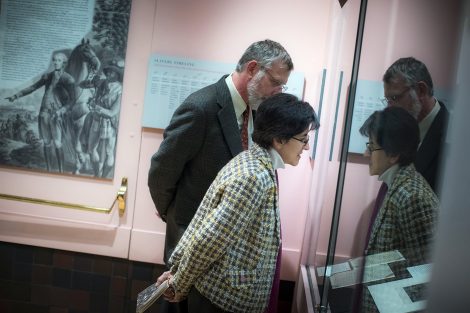
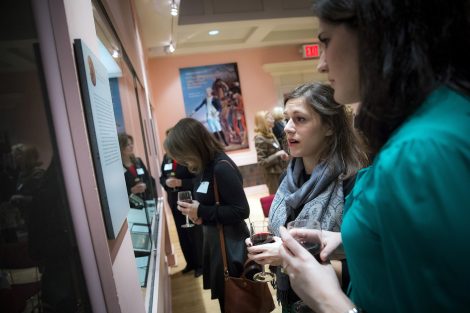
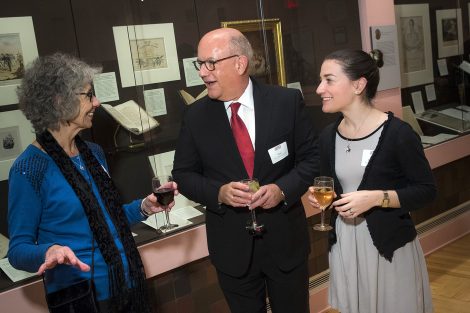
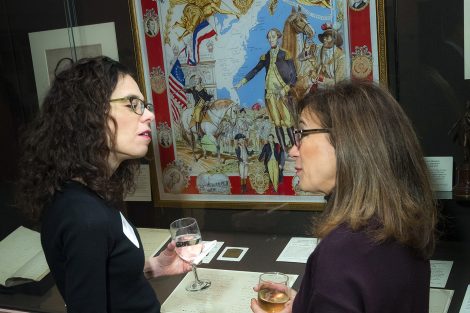
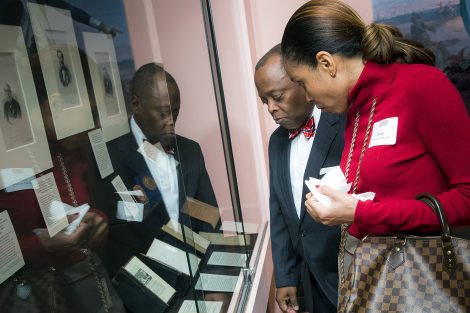
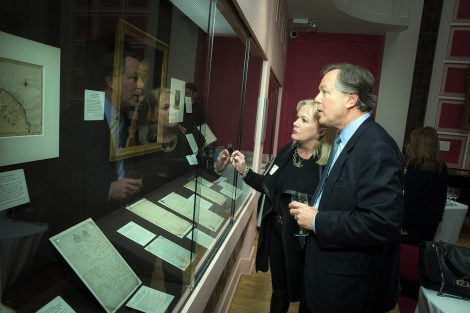
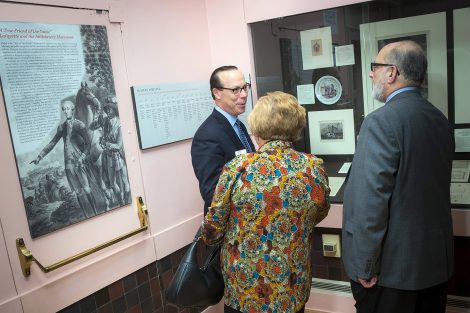
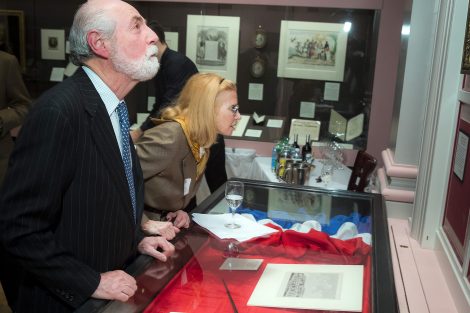
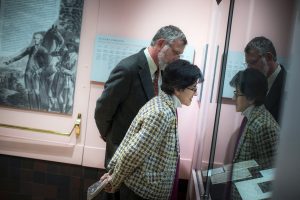

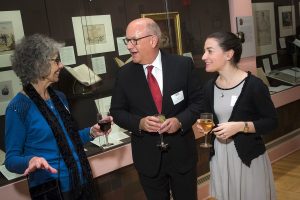
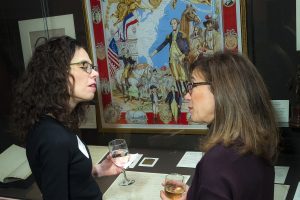
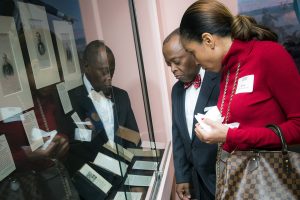
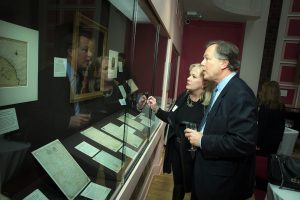
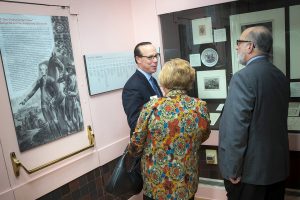
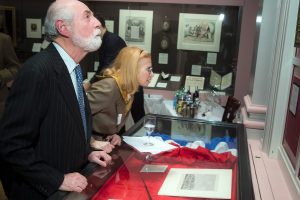
1 Comment
he The New York Alumni Chapter is holding an reception at the Grolier Club to view the exhibit and hear from College Archivist, Diane Shaw on January 31, Register at http://leopardlink.lafayette.edu/s/1699/interior.aspx?sid=1699&gid=2&pgid=1729&cid=3102&ecid=3102&crid=0&calpgid=381&calcid=1056
Comments are closed.